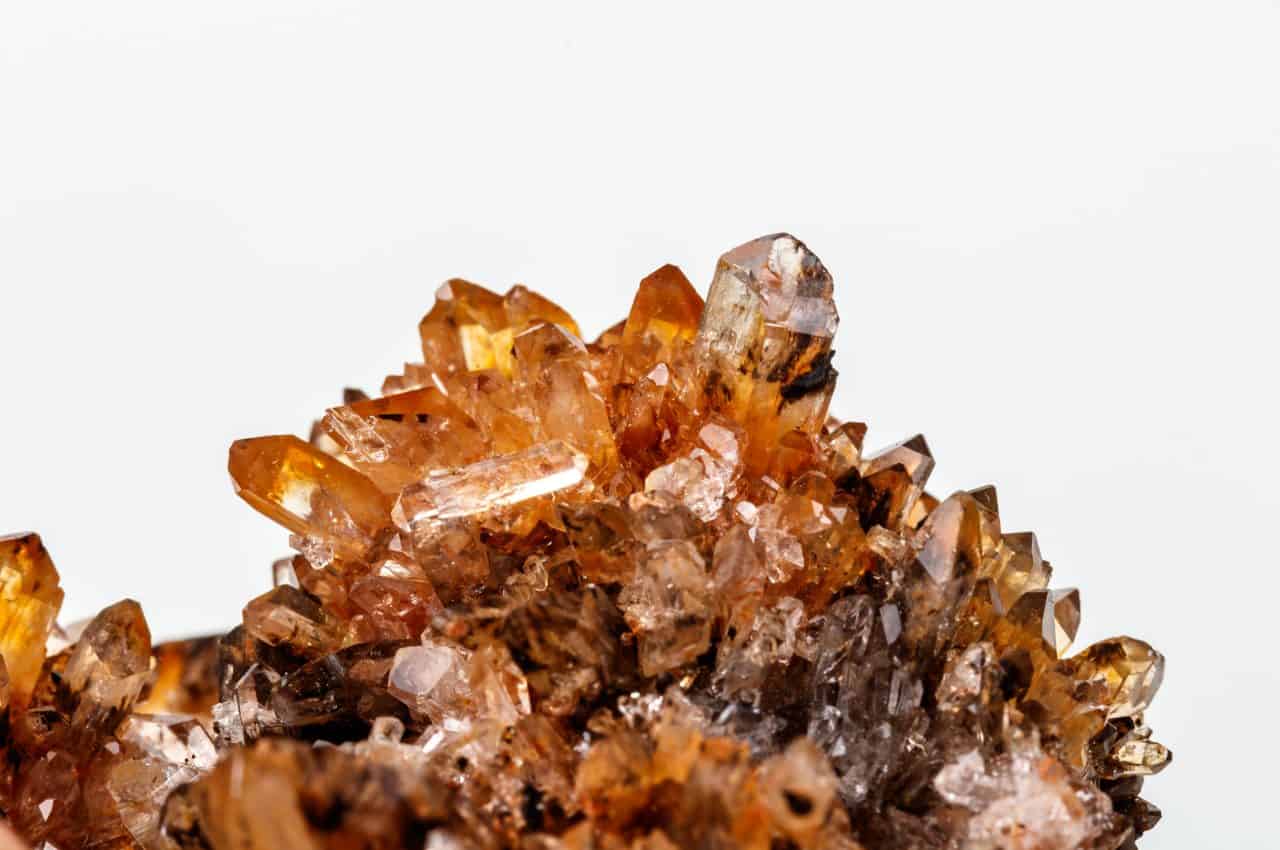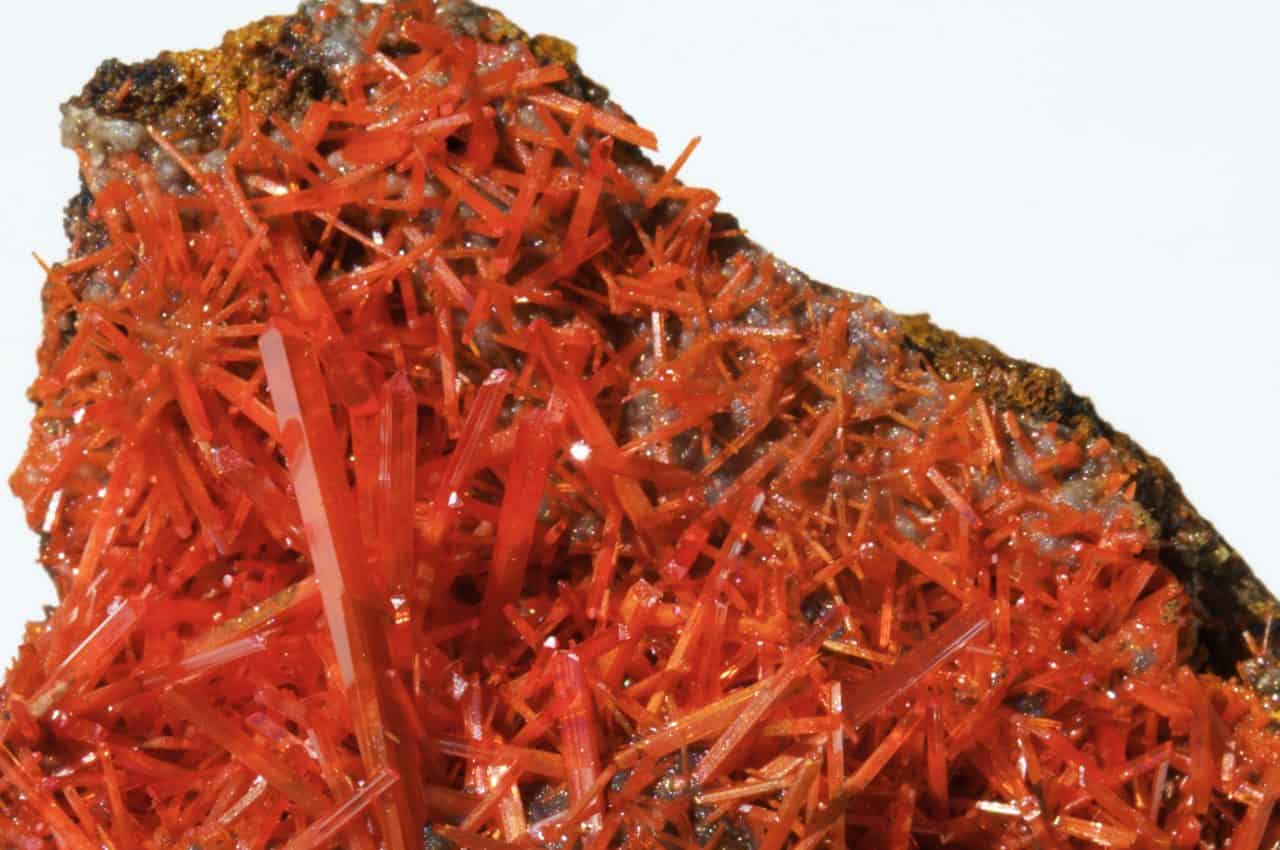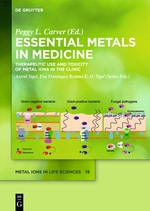Chromium: Are we red-green blind regarding its biological chemistry?
The legendary traffic lights in Berlin, the “Ampelmännchen”, symbolise the opposite biological functions of chromium compounds in two major oxidation states: one for health and the other for disease. In other words, green stands for “go and safe”, red stands for “stop and danger”.
This is the fifth article to commemorate the “International Year of the Periodic Table of Chemical Elements (IYPT2019)” by the United Nations General Assembly and UNESCO. Read the previous article here and stay tuned
Not only is fluorine of great interest to science but it has also found its way into film culture, e.g. Star Trek: The First Contact in 1996:
The name “chromium” for the element comes from the Greek word “chroma” for colour. In 2018, about 36 million metric tons of chromium were mined worldwide from minerals that contain it in the oxidation state +3 [three electrons lost, Cr(III)], mainly chromite. Solutions of Cr3+, a cation, in water have a green colour. Likewise, the green colour of emeralds is due to traces of Cr3+. A few rare minerals such as crocoite contain chromium in the oxidation state +6 [six electrons lost, Cr(VI)] as CrO42-, chromate, an anion, giving the mineral its bright red colour (see image below). The main use of chromium is in producing stainless steel and in conversion coating (plating) of steel and other metals.
K. Schwarz, W. Mertz, Arch. Biochem. Biophys. 1959, 85, 292-295.
Chromium(III) has remarkable biological properties. Sixty years ago, it was one of three nutritional factors (vitamin E, selenium, and chromium) discovered to prevent liver necrosis in experimental animals (Schwarz and Mertz, 1959). Chromium(III) enhances the action of insulin. Accordingly, it was recognized as an essential trace element, in fact an ultratrace element as its concentrations are extremely low. Chromium(III) is marketed with considerable profits as a nutritional supplement, mostly as chromium picolinate, purportedly to improve body composition. Somewhat ironically in the context of this summary, this synthetic substance has a bright red colour.
Maret, W. Chromium in Human Health, Metabolic Syndrome, and Diabetes, in: “Essential Metal in Medicine the Clinic: Therapeutic Use and Toxicity of Metal Ions in the Clinic”, P. L. Carver guest ed., Vol. 19 of ‘Metal Ions in Life Sciences’, A. Sigel, E. Freisinger, R. K. O. Sigel, eds.; W. de Gruyter, Berlin, Germany, pp. 231-251; 2019.
The biological chromium complex occurring in cells, the exact mode of action, the efficacy of chromium(III) to treat conditions such as the metabolic syndrome and type 2 diabetes and the prevalence of chromium deficiency states all remain unresolved or unknown (Maret 2019).
While many countries consider chromium(III) an essential micronutrient, a lack of answers to these issues of chromium biology has led to a recent controversy whether or not chromium indeed is an essential element.
A panel of the European Food Safety Authority (EFSA) concluded in 2009 “that there is no evidence for essentiality of Cr(III) as a trace element in animal nutrition” while, the dietary supplement fact sheet “chromium” of the Office of Dietary Supplements (National Institutes of Health) stated in 2018 “Chromium is a mineral that humans require in trace amounts,…” Thus, it is fascinating that in 2019, we have reached a point where an entire genome can be sequenced and yet there is still uncertainty to decide which chemical elements are essential.
Chromium(VI), however, is toxic. Most of the chromate in the environment is man-made or generated through oxidation by traces of MnO2 in water. Chromate is genotoxic and a group I carcinogen with sufficient evidence for inhalation and lung cancer. Laboratory experiments have shown that chromate is taken up by cells and causes DNA strand breaks. Its health effects as a result of contaminated drinking water were the subject of the screenplay “Erin Brockovich.” Given that cells have a reducing environment that favours Cr(III), it remains unknown how much chromate actually enters cells in living organisms and reaches the nucleus for interacting with DNA.
The dichotomy of chromium being either beneficial or toxic depending on its oxidation state needs to be resolved. Defining the continuum from its nutritional, pharmacological to toxic actions remains a great challenge for scientists worldwide. Ultimately, finding an answer will require proper funding for experimental research that addresses the biochemical actions of biologically relevant chromium complexes on cells and within cells.
Are we seeing red when we should see green or are we seeing green when we should see red? Car traffic lights – but not pedestrian traffic lights – have an amber light between red and green. One wonders how long the traffic light in chromium biology needs to remain on amber. Are we missing an opportunity to treat diseases and when are we putting populations at risk?
___________________________
- European Food Safety Authority, Scientific opinion of the Panel on Additives and Products or Substances used in Animal Feed (FEEDAP) on a request from the European Commission on the safety and efficacy of chromium methionine (Availa®Cr) as feed additive for all species, EFSA J. 2009, 1043, 1–69.
- https://ods.od.nih.gov/factsheets/Chromium-HealthProfessional/ – accessed August 9, 2018.


